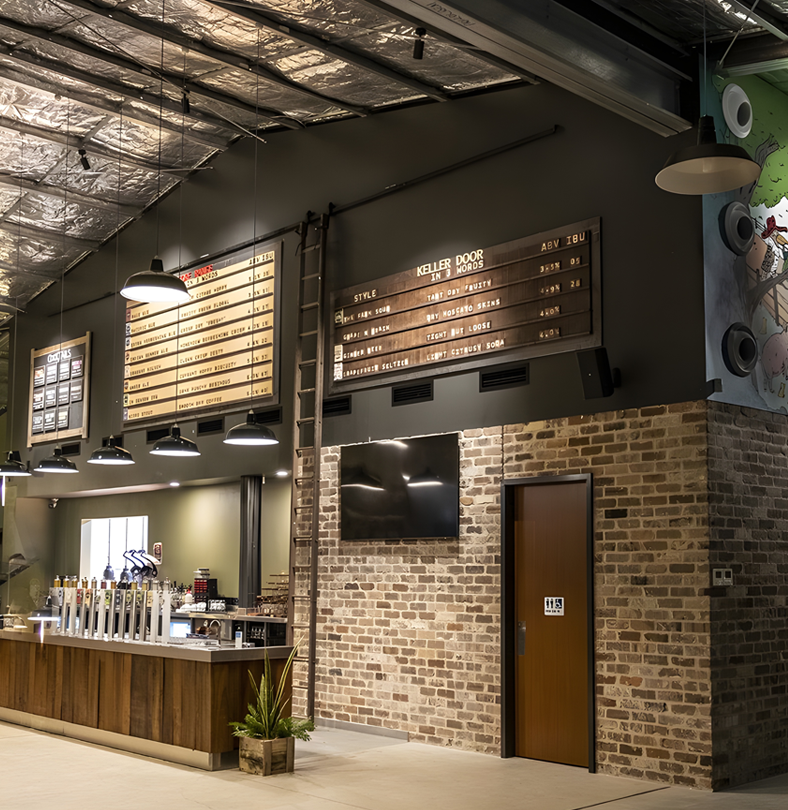PRODUCT INFORMATION TOO TECHNICAL?Visit Lysaght.com
11 / August / 2022

Meeting higher insulation R-values in building projects deliver two main benefits for owners and users of these spaces. First and foremost, higher ratings provide greater resistance to heat transfer which results in more efficient heating and cooling, and a by-product of this is a more comfortable environment for users.
New building projects are required to adhere to increasingly higher insulation standards – in some construction types, meeting these requirements is a straightforward process, with generous ceiling and wall cavities allowing for easy fitment of insulation products.
In many commercial and industrial building settings however, the task is made more difficult due to the nature of the architecture, scale of the project and other limitations.
A recent product innovation by Lysaght is assisting these type of buildings to meet their R performance obligations, as outlined under the Australian Building Codes Board’s NCC 2019 requirements.
A safe an innovative alternative
The LYSAGHT SUPABRIDGE® roofing system provides a safe and innovative alternative to roof raisers for compliance to thermal insulation requirements, allowing sites to achieve R values of up to R-4.5.
The system features a unique integrated bridging method which replaces traditional purlin bridging, allowing for installation of safety wire and uncompressed insulation within the roof purlin space. The system integrates seamlessly with LYSAGHT SUPAPURLIN®s as well as Lysaght’s extensive range of roof cladding.
The LYSAGHT SUPABRIDGE® system was recently applied during construction of the Four Pines Brewhouse building at the Hunter Valley Resort, New South Wales, allowing it to achieve the required R-3.2 rating. The building was a customised Ranbuild Covermaster® design measuring 30m x 28.5m.
General Manager - Ranbuild, Chris Currie, said that more traditional methods of fitting insulation in these building types were no longer acceptable.
“Achieving the required R-3.2 thermal rating could not have been possible without the use of the LYSAGHT SUPABRIDGE®,” Chris said.
“Traditional methods no longer comply with the Building Codes Australia requirements, which will not allow for the insulation to be compressed when fitted.
“Using LYSAGHT SUPABRIDGE® let the builder install a dual layer insulation system utilising a traditional blanket overlaid with LYSAGHT SUPATHERMIC® bubble core insulation, separated by a layer of foil-faced blanket insulation.”
Chris said that as well as helping to achieve the required thermal performance, the LYSAGHT SUPABRIDGE® system also offered other benefits to using components such as roof raisers.
“Raising the roof away from the roof structure itself using roof raisers can compromise the engineering design,” he said.
“LYSAGHT SUPABRIDGE® allows the cladding to be fixed directly to the roof structure, the cladding acts as bracing in our designs and assists with structural integrity as a result of diaphragm action; it also stops and purlin roll or deflection for easy room cladding.
“Builders have also told us that the LYSAGHT SUPABRIDGE® system is light to work with and easy to install.”